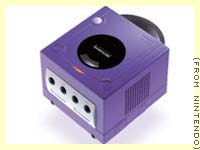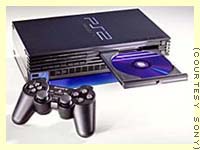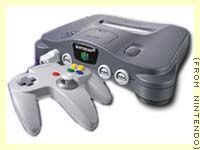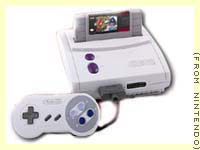nintendo wii- 2006
The key feature of the Wii console is its wireless controller, the Wii Remote, which may be used as a handheld pointing device and can detect motion and rotation in three dimensions. The console also notably features WiiConnect24, which enables it to receive messages and updates over the Internet while consuming very little electrical power.








